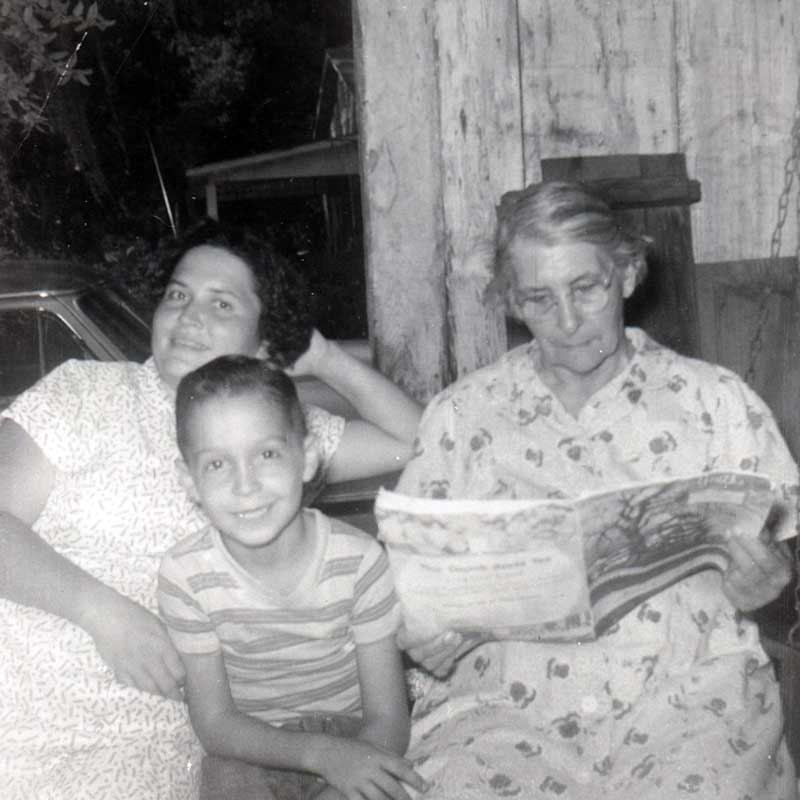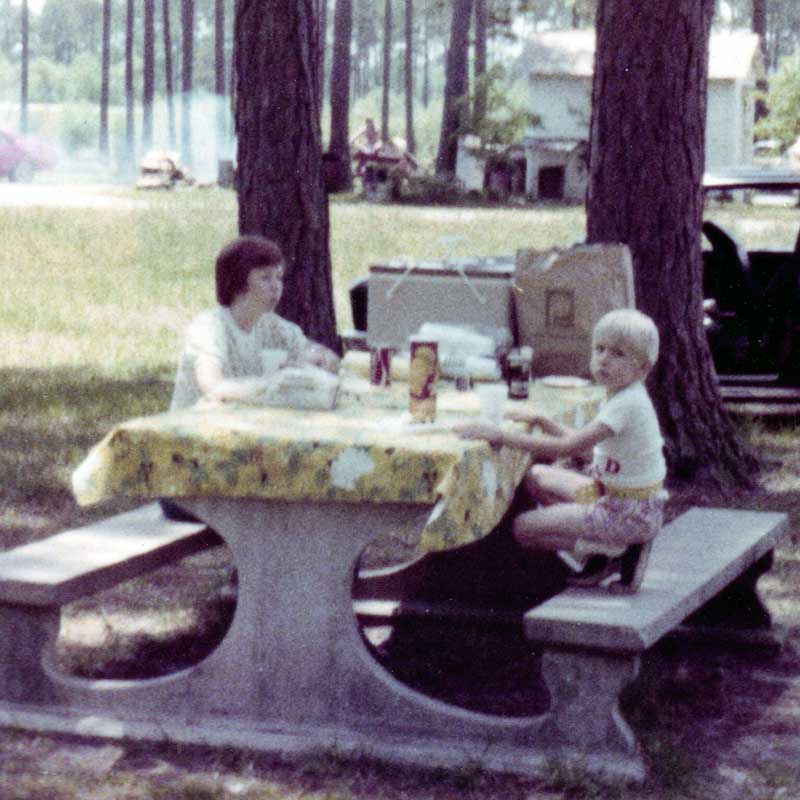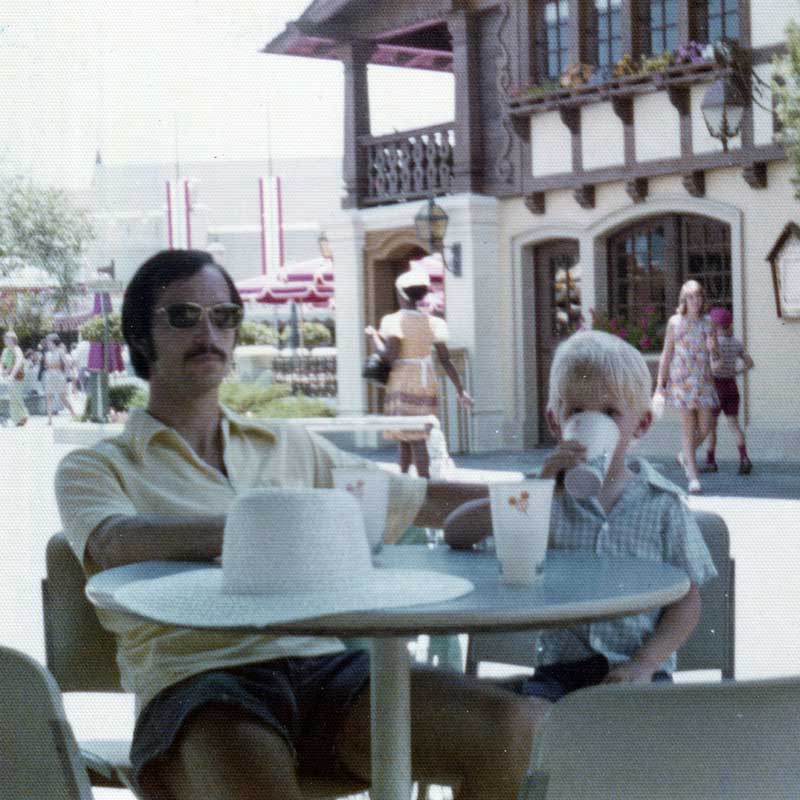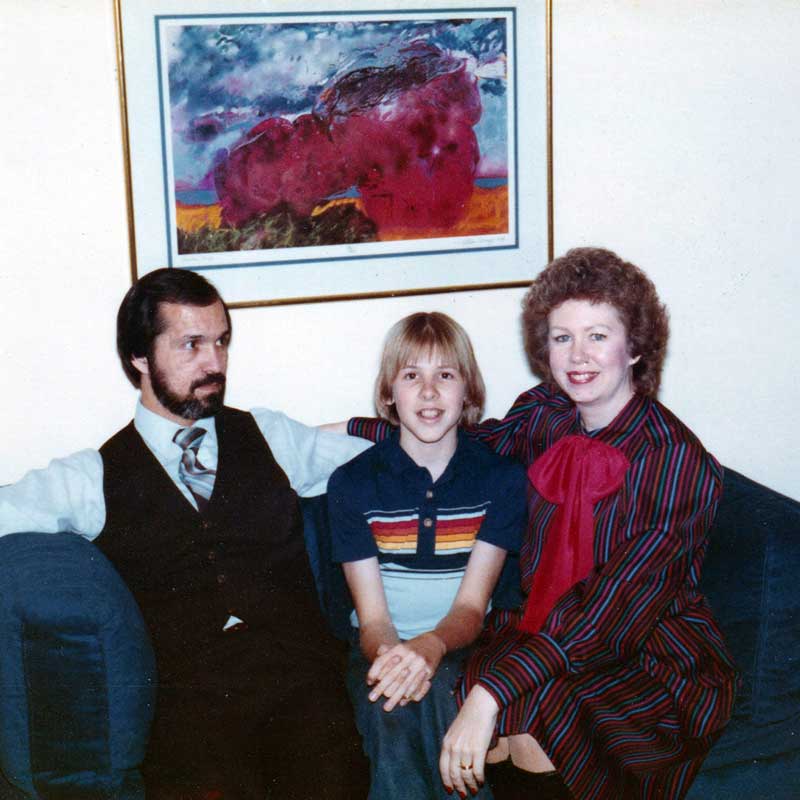Family Photo Scanning Project
Since Dad passed in July, I’ve been immersed in a massive project to scan family photos from a variety of sources: mine, my mom’s, my dad’s, stacks of photos and albums from his brother and parents, childhood photos from when my brother and sisters were growing up…
My office floor was covered with boxes of photos, tin cans from the 60s that my grandmother had stashed photos in to keep them safe, even loose piles of photos that I’d found here at our house.
So far, I’ve scanned around 3,300 photos (comprising 1.78GB of data) and I’m mostly done now. I’ve also started a new Facebook group to launch a project to track down families of my paternal grandmother’s siblings in hopes of giving them these priceless photos of their ancestors that were in my grandmother’s albums.
Basically, I separated the photos into batches based on source. For example, batch 1 is dad’s photos albums, batch 2 is my grandmother’s photo albums, batch 3 is her loose photos. I ended up with 11 batches of photos, all of which are full-sized scans up to 8.5×11″ and containing anywhere from 1 to 8 images. The next phase is to split the images out and optimized them digitally, though that’s a much longer-term project and a significant time investment.




A number of folks have asked me what I used to scan them. There’s a simple answer here, but for most people, a little more detail will be helpful. I had a lot of older, fragile photos, like the 3×3″ photos from the 40s and 50s. These need to be handled carefully, so a flatbed scanner is preferable, and a higher resolution is necessary since blowing them up will result in quality loss if they are scanned at a lower resolution.
The Canon CanoScan LiDO 400 flatbed scanner is perfect for this task and priced very reasonably at $90-120, though finding it in stock takes some patience. It scans at resolutions up to 4800 dpi, so I’m able to take one of my grandmother’s small photos from 80 years ago, or a wallet-sized portrait of my dad in his police uniform, and blow them up to an 8×10″ print with no real loss in quality. It scans a page in 8 seconds, but this assume 300 dpi, with higher resolutions taking longer to scan. This will make more sense in a moment when we compare it with another option below.
If you have newer photos and no plans to print them in a much larger form (i.e., you have 4×6″ prints and aren’t likely to want to print 8×10’s of them) then scanning at 300 dpi is perfectly sufficient. You can find more information about scanning resolutions here. And since you aren’t scanning older, fragile photos, you should go for speed.
The Plustek ePhoto Z300 photo scanner is probably your best bet, and would do in an afternoon what I spent close to a week doing with a flat bed. This scanner is slightly more expensive at around $200, and it’s limited to 300 dpi, but it scans a 4×6″ print in only 2 seconds and has a bulk feeder. It’s definitely the way to go if you’re just trying to make digital backups of photos, which everyone that has prints should do.
Hope this is helpful and have fun!




